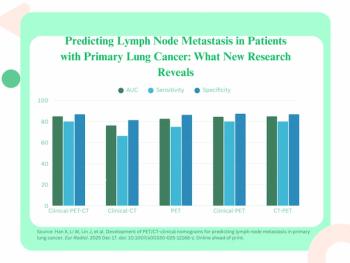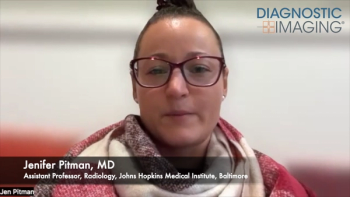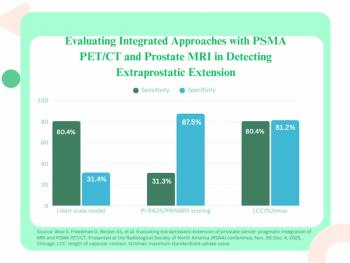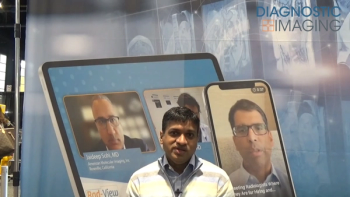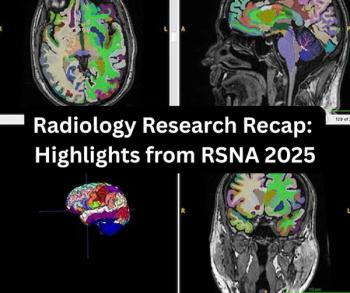
Remove Comfort Pads From Beneath Neonates For Radiography
Removing comfort pads between babies in neonatal intensive care beds and image detectors reduces the radiation exposure amount to the baby.
Comfort pads placed beneath babies in neonatal intensive care beds should be removed prior to radiography to reduce radiation exposure to the patient, according to a study published in the journal
Researchers from Riley Hospital for Children, Indiana University Health in Indianapolis, undertook a study to assess the potential of reducing the exposure index (EI) standard if the comfort pad was removed. Generally, the pad is kept between the baby and the image detector plate, which allows it to absorb some of the x-rays.
The researchers used a phantom to simulate imaging of a baby weighing 1,500 grams along with four thicknesses of comfort pads: 0.5, 1, 3, and 8 inches. They measured the percentage of radiation that was absorbed by the pads.
The results showed that radiation beam attenuation ranged from 12 percent to 72.1 percent, depending on the pad thickness: 0.5-inch pad: 12 percent; 1-inch pad: 27 percent; 3-inch pad: 42.4 percent; and 8-inch pad: 72.1 percent.
The researchers concluded that the comfort pads caused high attenuation of the radiation beam and they presented their findings to the unit administrators. This resulted in a new policy that called for removal of the pads during radiography.
Newsletter
Stay at the forefront of radiology with the Diagnostic Imaging newsletter, delivering the latest news, clinical insights, and imaging advancements for today’s radiologists.

